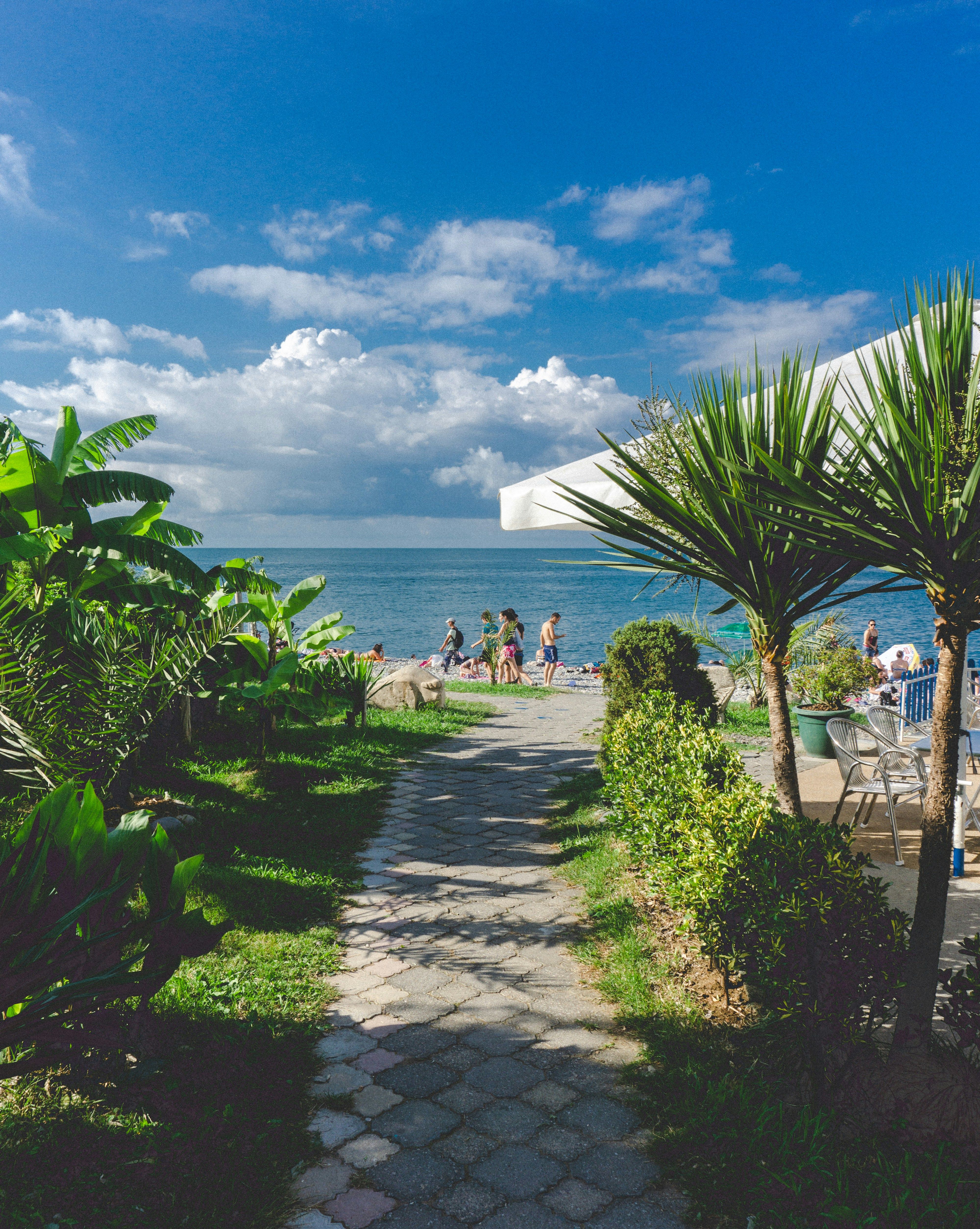How to Successfully Plan a Loft Conversion
Transform a loft into a living space in 10 strategic stages, following my expertise in home renovations:
Approaching a loft conversion project can seem daunting, but with careful planning, a well-executed loft conversion can enhance your home's liveable space while increasing its value. Here, we guide you through the essential steps and considerations to ensure a smooth and successful conversion.
1. Evaluating Your Loft's Suitability
Before setting your heart on a loft conversion, it's crucial to assess the property's suitability. Factors to consider include the roof's height (preferably 2.2m), slope, structure, and possible obstacles like water tanks or chimneys. Traditional pre-1960s buildings are generally easier to convert due to their steep roof pitch, while post-1960s properties may have a more complex trussed roof structure [2][3].
2. Selecting Your Loft Conversion Type
Loft conversion options vary in scope, cost, and practicality, depending on your home's current layout, available space, and desired addition. Common types include:
- Velux/Rooflight Conversion: Minimal structural alterations are made, utilizing the existing roofspace.
- Dormer Conversion: A vertical extension is added to the roof to create extra headroom and floor space.
- Hip-to-Gable Conversion: This conversion involves changing the roof slope to increase internal space.
- Mansard Conversion: The roof structure is significantly altered to create a nearly vertical wall, maximizing floor space.
- L-Shaped Conversion: Utilizes both the main roof and outrigger for larger spaces.
3. Navigating Permissions and Regulations
3.1. Planning Permission
Often, converting your loft falls under Permitted Development, eliminating the need for planning permission. However, you should always confirm with your local authority as listed buildings, properties in conservation areas, or projects surpassing PD criteria may require approval [1].
3.2. Building Regulations
Regardless of planning permission status, all loft conversions must adhere to building regulations to ensure safety, structural integrity, and energy efficiency [1][2].
3.3. Party Wall Agreement
Semi-detached or terraced properties may require party wall agreements when work affects shared walls [1].
4. Budgeting
Setting a realistic budget is essential to consider all costs associated with the conversion, including design, structural work, materials, finishes, and unforeseen expenses. A well-planned loft conversion can be a cost-effective way to add value to your home [4][5].
5. Design and Planning
Engage professionals, such as architects, structural engineers, and builders, to help with the design, structural calculations, and compliance [2][5]. Develop detailed plans encompassing layout, access, and compliance to set your conversion up for success.
6. Obtaining Permissions and Approvals
- Planning Approval: Apply for planning permission if necessary, and allow 4–8 weeks for the process [4].
- Building Regulations Approval: Obtain approval before construction begins [1][2].
7. Construction and Finalization
- Construction Phases: Initial design and planning (2–4 weeks), obtaining permissions (4–8 weeks if necessary), construction (6–10 weeks), and final touches with inspection (1–2 weeks) [4][5].
By following these steps and considerations, you'll help ensure your loft conversion is safe, compliant, and maximizes the value of your home.
Sources:
[1] - Planning Portal (2021) - https://www.planningportal.co.uk/[2] - Econoloft (n.d.) - https://www.econoloft.co.uk/[3] - Loft Living (n.d.) - https://www.loftliving.co.uk/[4] - Which? Home Improvements (2021) - https://www.which.co.uk/[5] - Homes & Gardens (n.d.) - https://www.homesandgardens.com/
- To optimize the functionality of your newly converted loft, consider incorporating bathroom ideas, insulation, storage solutions, and modern home-and-garden designs that complement your lifestyle and enhance the overall home-improvement value.
- For a cohesive bathroom setup in your loft conversion, explore various insulation options to maintain comfortable temperatures, minimize energy consumption, and ensure a quiet, peaceful environment.
- Maximize the potential of your loft space by incorporating smart storage solutions, such as built-in wardrobes, under-eaves storage, and modular furniture, to create an organized and clutter-free living area that fosters a comfortable, efficient lifestyle.








